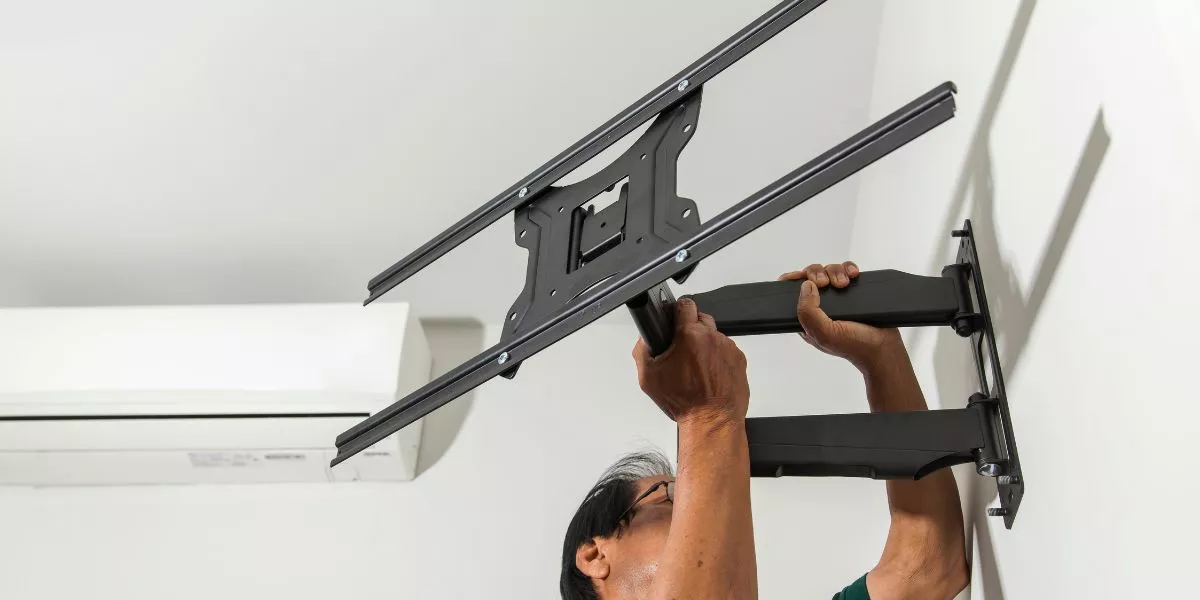
When it comes to mounting and positioning your TV, ensuring the optimal setup can significantly impact your viewing pleasure. From the type of mount to the placement within the room, each decision plays a crucial role in creating a comfortable and visually appealing entertainment area. Consider the various factors that go into mounting your TV to maximize your viewing experience and elevate the overall aesthetics of your space.
Wall Mounting Options
When considering wall mounting options for your TV, assess the layout of your room and the ideal viewing angles. Take into account the size of your TV and the distance from where you typically sit to determine the best placement.
There are various types of wall mounts available, each offering different benefits. A flat mount is the most basic option, keeping your TV flush against the wall and providing a sleek look. If you want more flexibility in adjusting the viewing angle, a tilting mount allows you to angle the TV up or down. For even more versatility, consider a full-motion mount that enables you to swivel and tilt the TV in multiple directions.
Before mounting your TV, ensure the wall can support the weight and that there are no obstacles blocking the view. It's also essential to locate the wall studs for secure installation. By carefully considering these factors, you can select the right wall mount option to enhance your viewing experience.
TV Placement Considerations
Assess the layout of your room and ideal viewing angles when determining TV placement considerations after exploring wall mounting options. Take into account the size of the room, the distance from seating areas, and potential glare from windows or lighting fixtures.
The TV should be positioned at a comfortable height and angle for viewing to prevent neck strain. Consider the flow of foot traffic in the room to avoid placing the TV in a spot that could obstruct movement. Additionally, think about the location of power outlets and cable connections to ensure easy access for setup and maintenance.
Keep in mind any aesthetic preferences or design elements in the room that could influence where the TV is placed. By carefully considering these factors, you can find the optimal spot for your TV that enhances your viewing experience and complements the overall layout of the room.
Viewing Height Recommendations
To optimize your viewing experience and prevent neck strain, ensure that your TV is positioned at a comfortable height relative to your seating area. The ideal height for your TV is at eye level when you're seated. This means the center of the screen should be in line with your eyes, allowing for a more natural viewing angle. Mounting your TV too high can lead to neck discomfort, while mounting it too low may cause you to slouch or strain your eyes.
When determining the best height for your TV, consider the size of the screen and the distance from your seating area. For larger screens, you may need to elevate the TV slightly higher to accommodate the increased size. Additionally, if your seating area is further away, you might need to raise the TV to ensure optimal visibility.
Cable Management Tips
For a tidy setup and to prevent tripping hazards, consider organizing your cables using cable clips or ties. Keeping your cables neatly arranged not only enhances the overall aesthetics of your TV setup but also makes it easier to troubleshoot or add new devices in the future.
Start by grouping cables together based on their function, such as HDMI cables, power cords, and audio cables. Use cable clips or ties to secure these groups along the back of your TV stand or wall mount. Additionally, you can label each cable at both ends to easily identify where they should be plugged in. For longer cables, consider using cable sleeves or raceways to conceal them along the wall or baseboard.
Lastly, make sure to leave some slack in the cables to accommodate any adjustments or movements of your TV without putting strain on the connections. By implementing these cable management tips, you can enjoy a clean and organized entertainment area free of tangled cords and clutter.




